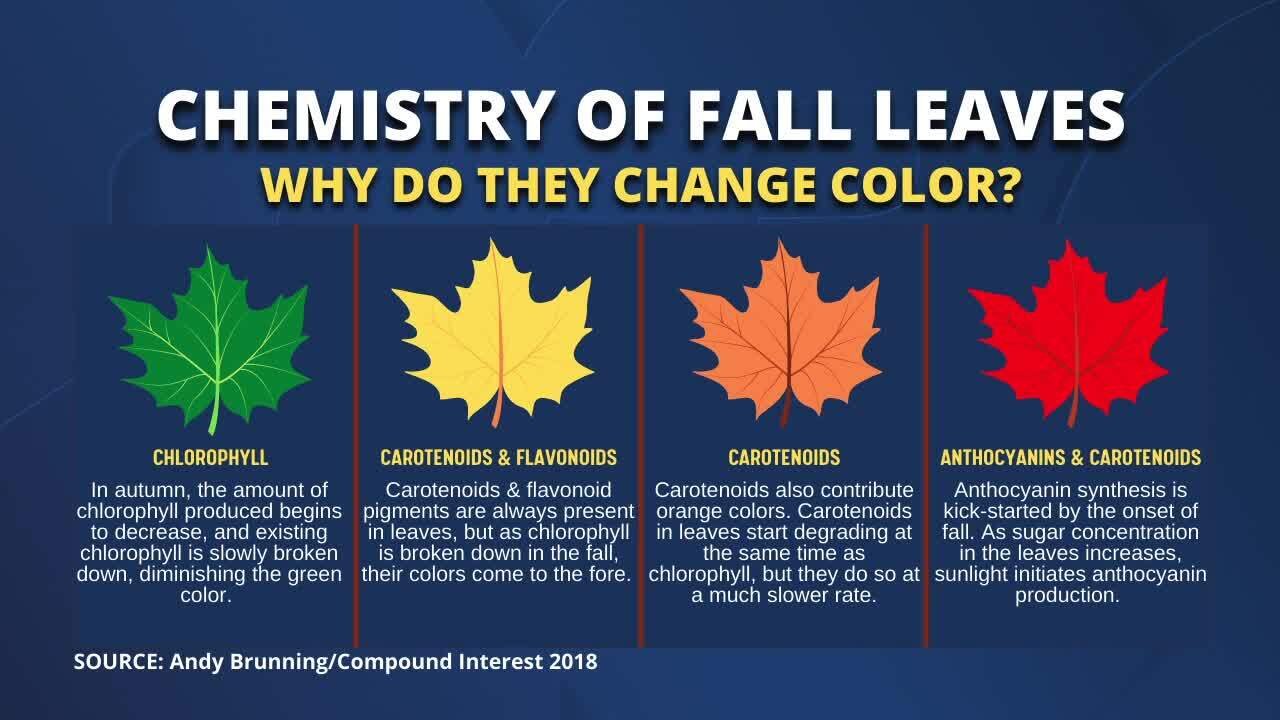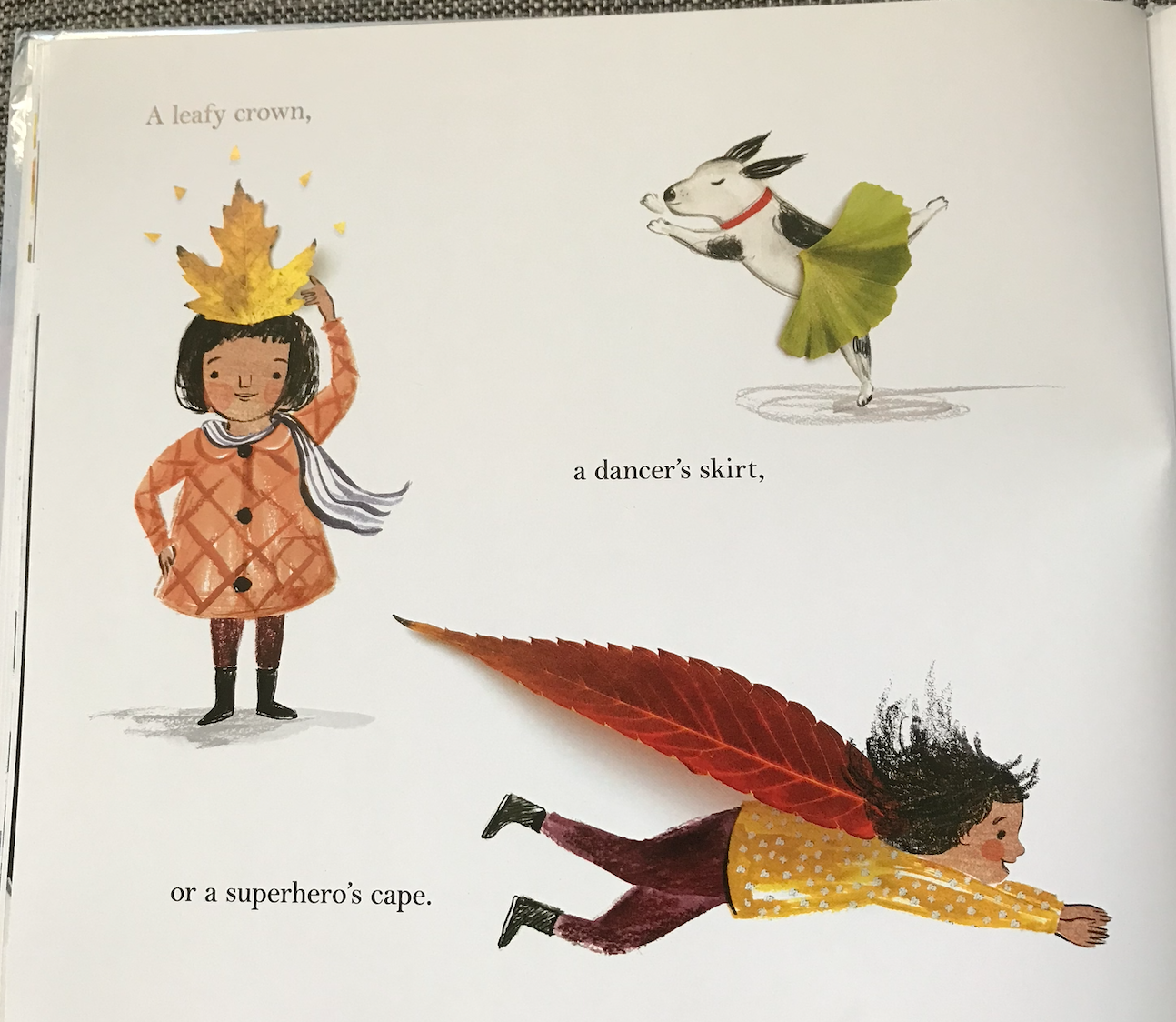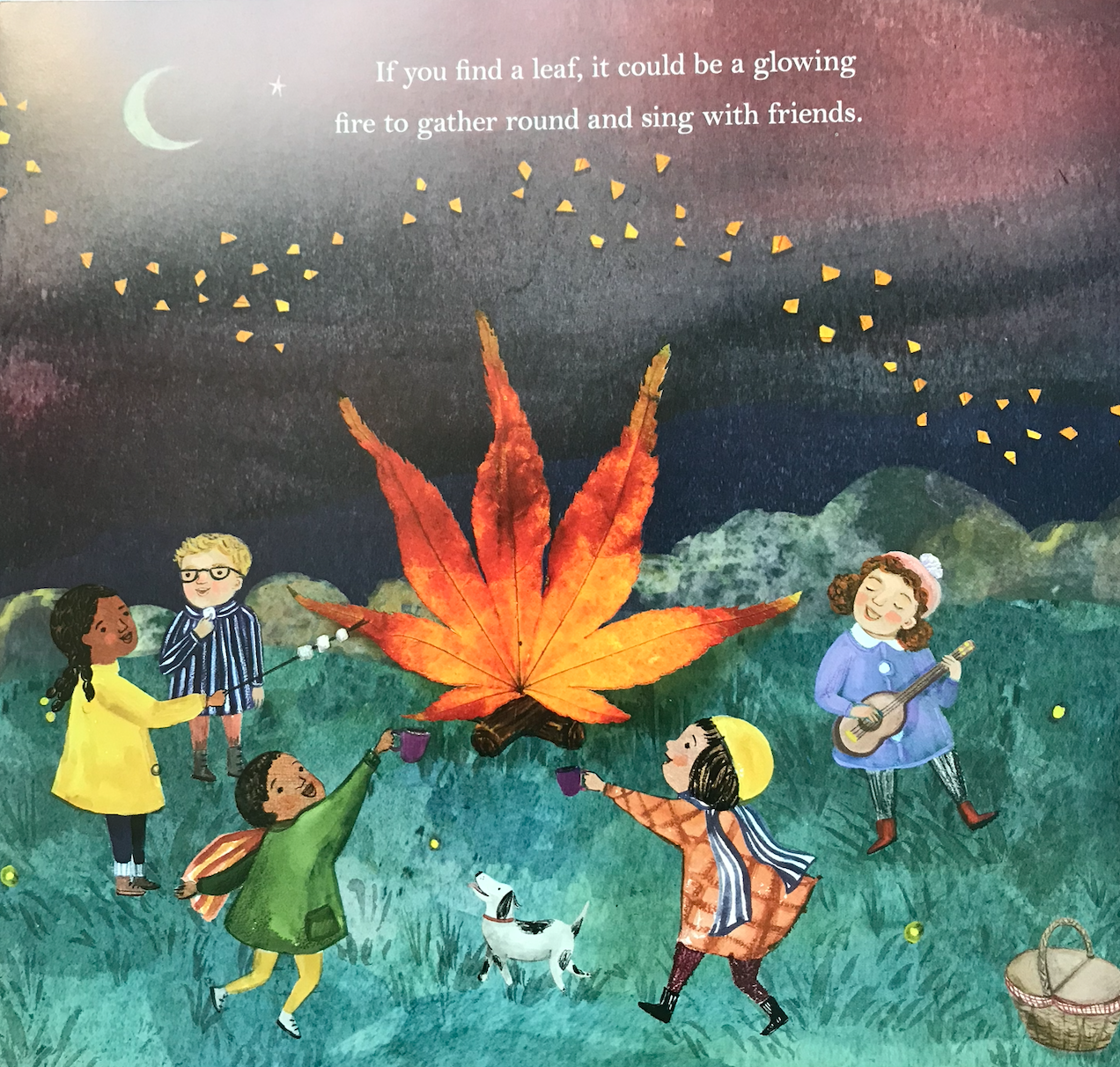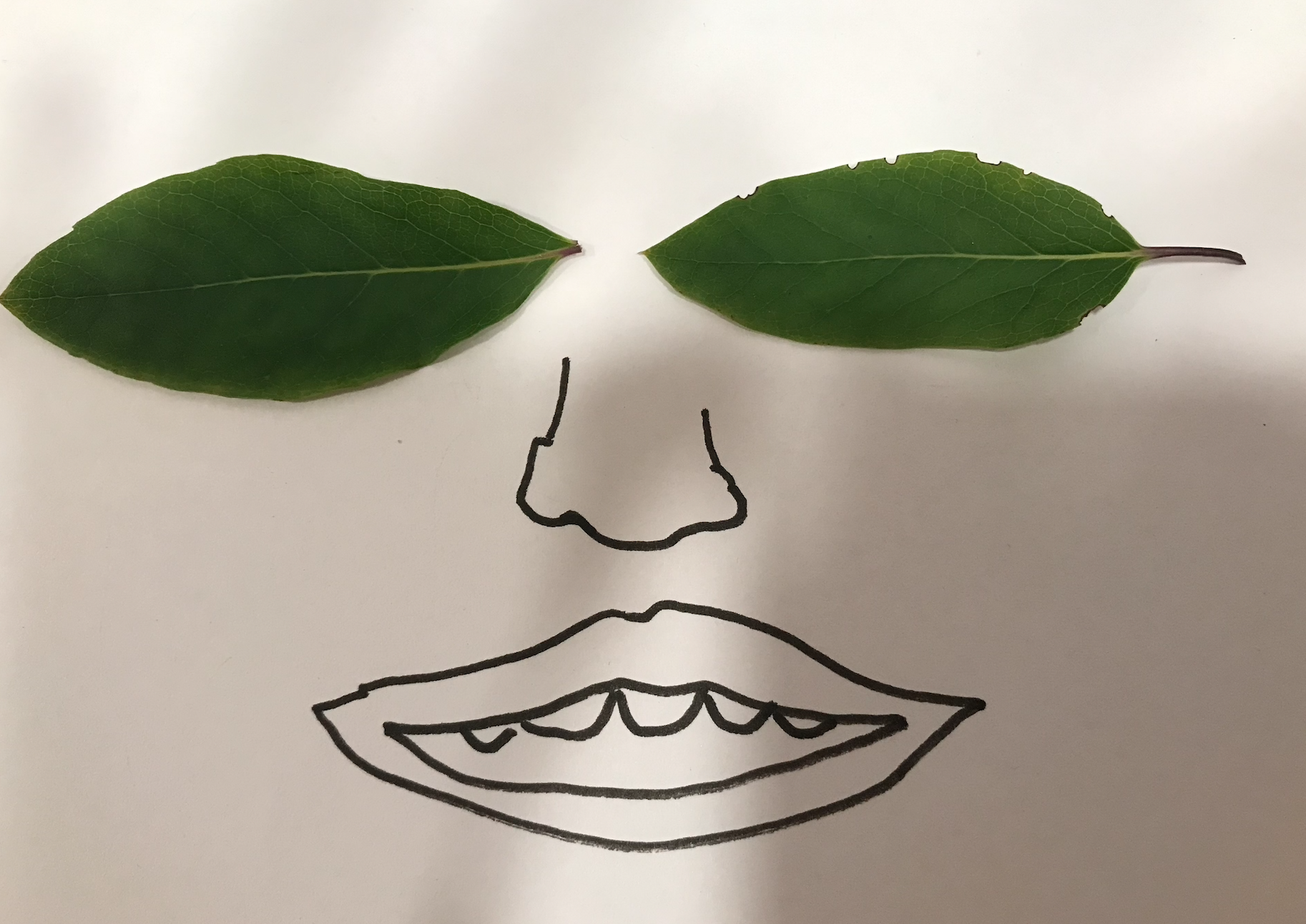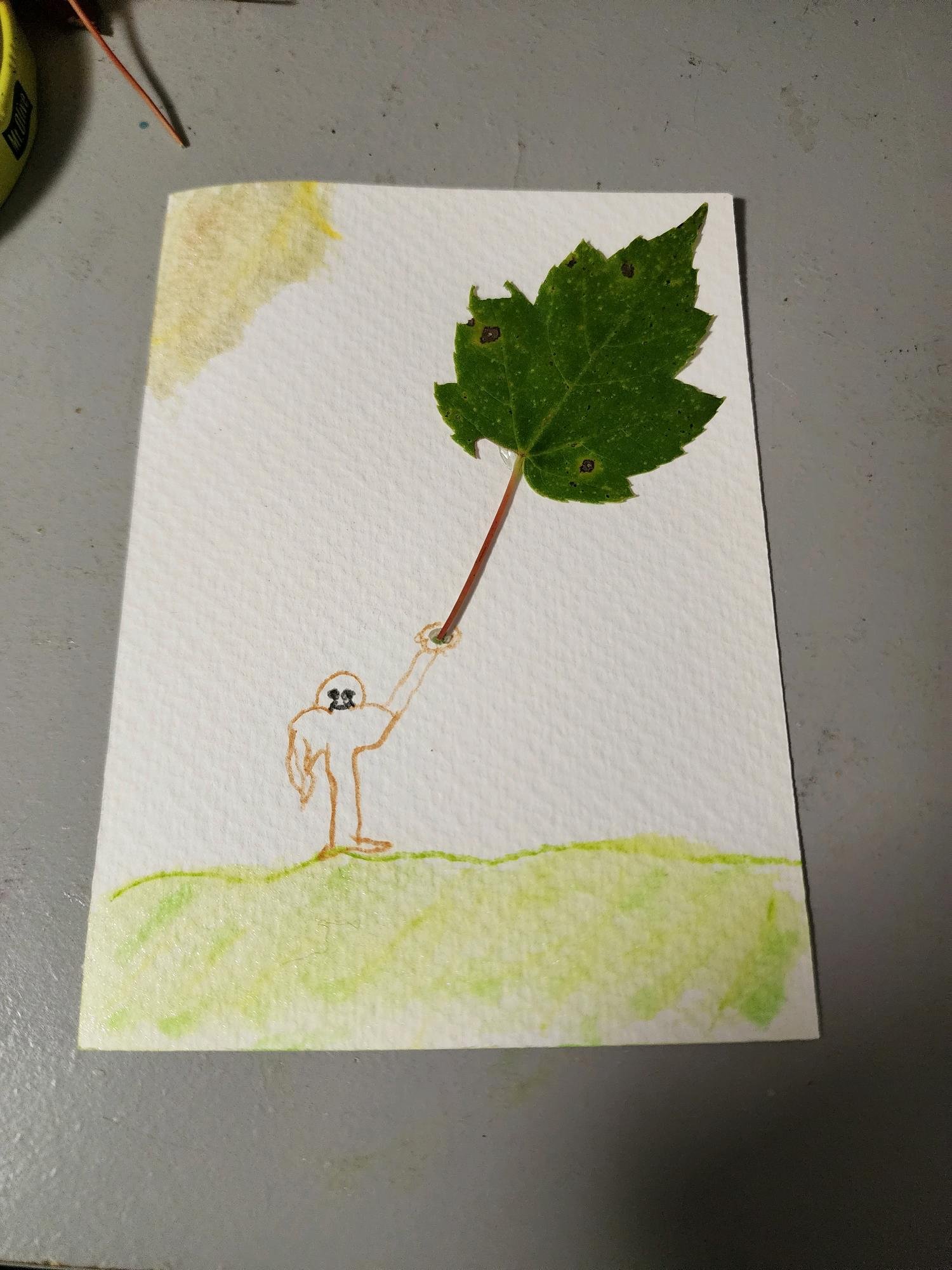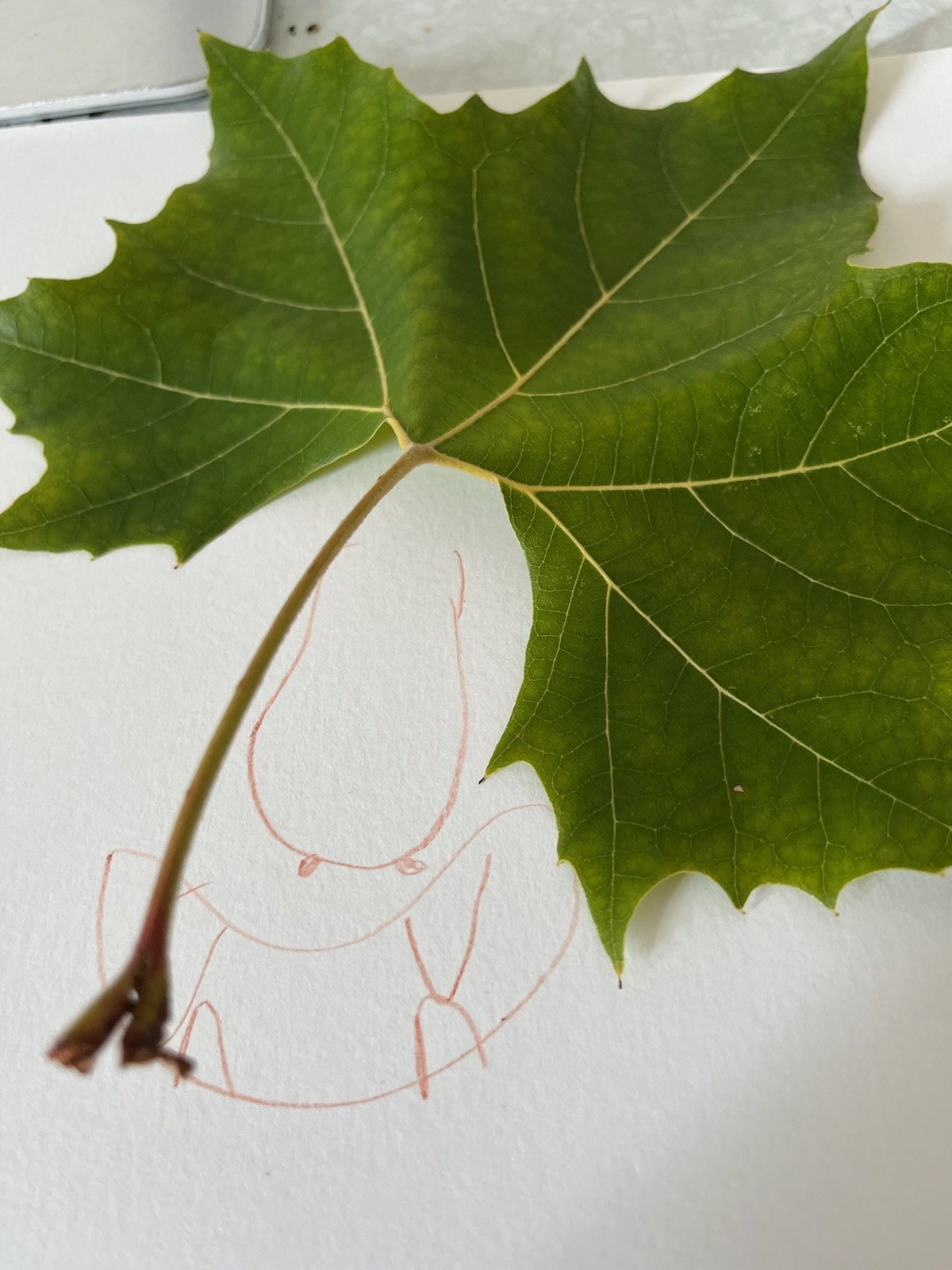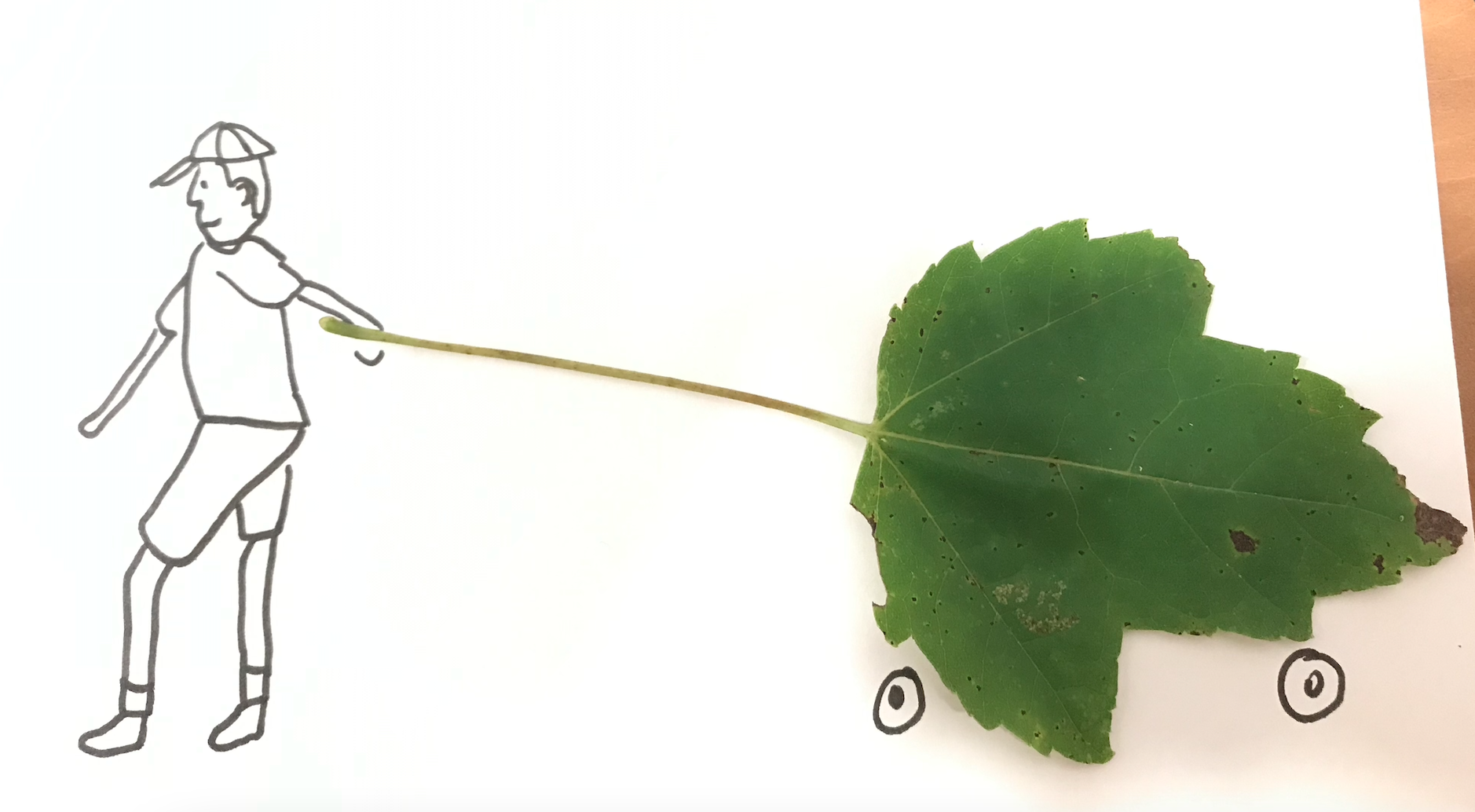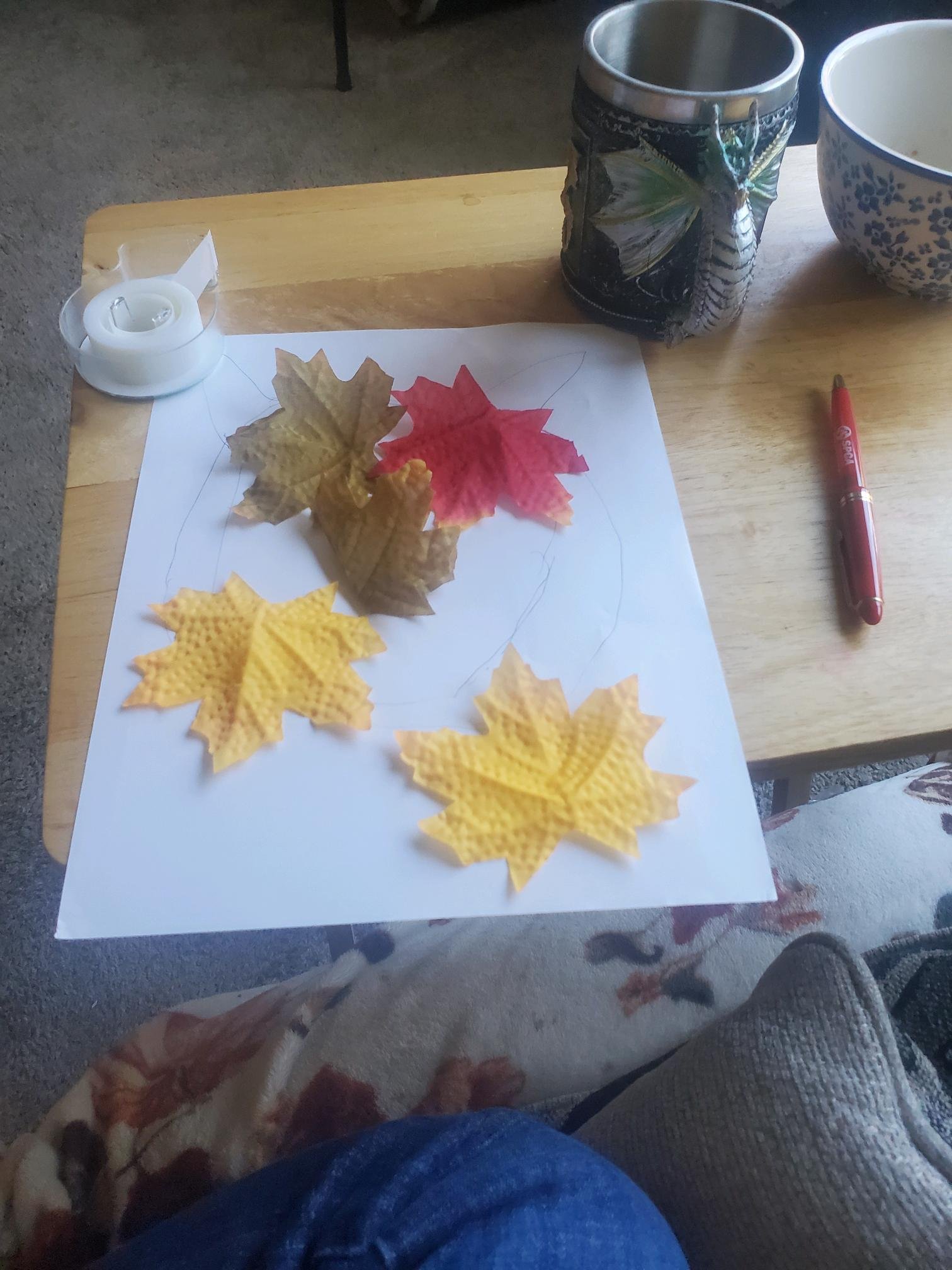Celebrating Fall Leaves
Fall is undoubtedly the most beloved season among Nature Links participants. From pumpkin spice to Halloween to college football to apple picking, our participants have a lot to love about fall. And so as we approach peak fall foliage here in Maine, we’ve taken some time to celebrate the visually stunning displays of color that we all enjoy this time of year.
In our most recent class on fall foliage, we began by exploring the science behind the leaves’ vibrant color transformation. Chlorophyll, the green pigment responsible for photosynthesis, breaks down as days get shorter and temperatures drop. This reveals the other pigments in the leaves, such as carotenoids (yellow and orange) and anthocyanins (red and purple). Carotenoids are the same pigments that make tomatoes red, carrots orange and salmon pink. Anthocyanins can be found in visually-rich fruits like blueberries and pomegranates. Carotenoids are always present in leaves, but don’t become visible until chlorophyll breaks down. Anthocyanins are only present in trees with high sugar concentrations (think sugar maples). So for Nature Links participants across Maine and in places as diverse as North Carolina, Ohio and even Spain, these pigments are responsible for the gorgeous displays of color we see each autumn. “I love that each day is different in the fall,” said one participant. “A drive to the grocery store you’ve done 1,000 times looks brand new.” I couldn’t agree more.
We continued our celebration of fall leaves by reading a book called If You Find a Leaf by Aimée Sicuro. This picture book combines images of real leaves and gorgeous illustrations to transport the reader into an imaginary world where leaves become whatever you dream them to be. Brilliant fall leaves become dancer’s skirts, hot air balloons, race cars, bonfires and parade flags. While the book is intended for younger readers, I find that well-produced picture books can help promote literacy, complex discussion and critical thinking for our participants. I love reading a book like this through the eyes of Nature Links students, who inevitably observe and analyze things I never would have noticed.
After reading If You Find a Leaf, we brought out our own leaves participants had gathered beforehand from trees near their homes. This led to a vibrant discussion around peak foliage dates, geography and tree species in different parts of the country (and the world!). Inspired by the artwork in the book, Nature Links participants created their own mixed-media images combining leaves and drawings. Many of them made us laugh, but all of them allowed us yet another way to enjoy this special time of year.


